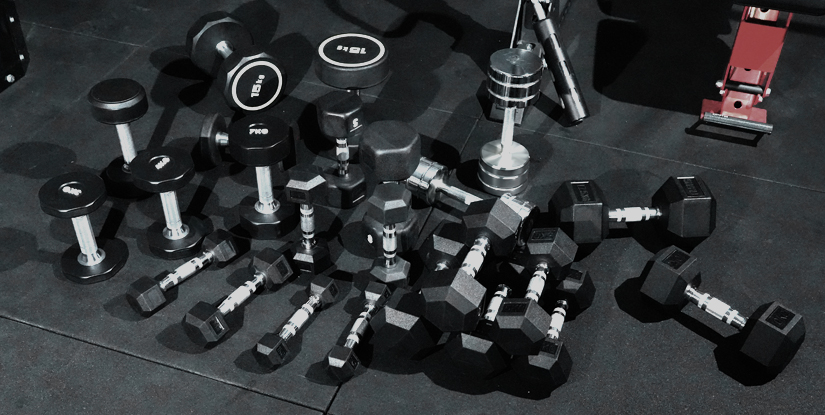Workout Accessories Guide: Choose, Use, and Maintain Essential Gear

Workout Accessories: Optimize Your Routine
Well-chosen workout accessories amplify results, improve safety, and make training more efficient. Whether you train at home or in a commercial gym, accessories bridge the gap between equipment and performance. This guide covers categories, selection criteria, maintenance, integration into programs, and concise FAQs to help professionals and enthusiasts make informed choices.
Why Accessories Matter
Accessories support form, protect joints, increase exercise variety, and enable progressive overload without large machines. They are cost-effective tools for mobility, strength, cardio, and recovery, allowing tailored programs across all fitness levels.
Key Categories and Uses
- Resistance Bands — Versatile for activation, warm-ups, assistance in pull-ups, and variable resistance training.
- Adjustable Dumbbells & Kettlebells — Space-efficient for progressive strength work and functional patterns.
- Jump Ropes — High-intensity cardiovascular tool that develops coordination and foot speed.
- Yoga & Exercise Mats — Provide cushioning for floor work and stability during mobility drills.
- Foam Rollers & Massage Tools — Promote myofascial release and accelerate recovery between sessions.
- Weightlifting Belts, Straps & Gloves — Enhance grip, lumbar support, and safety during heavy lifts.
- Wearables (Heart Rate Monitors, Smartwatches) — Track intensity, recovery, and training load for data-driven decisions.
- Resistance Sleds, Ankle Weights & Vests — Add overload for conditioning and sport-specific power development.
Selection Criteria
- Durability — Choose high-quality materials (reinforced nylon bands, stainless hardware, dense rubber coating) to withstand repeated use.
- Adjustability & Versatility — Multi-resistance bands, adjustable dumbbells, and modular setups extend long-term utility.
- Ergonomics & Fit — Proper sizing for grips, belt width, and strap length reduces injury risk and improves comfort.
- Space & Budget — Match accessory footprint and cost to available space and training goals.
- Certification & Warranty — Prefer products with manufacturer warranties and reliable customer support.
Maintenance and Safety
- Inspect regularly for wear: frayed bands, loose stitching, or cracked plastic signal replacement.
- Clean per manufacturer instructions to prevent odor and material breakdown.
- Store accessories away from direct sunlight and moisture to extend lifespan.
- Educate users on proper form and accessory limits; misuse of belts or heavy vests can increase injury risk.
Integrating Accessories into Programs
Use accessories to target weaknesses, progress load, and manage fatigue. Start sessions with bands for activation, use foam rolling for recovery sets, and incorporate wearables to monitor intensity. Rotate tools periodized across mesocycles to maintain stimulus and reduce overuse.
Top Practical Recommendations
- Begin with a set of resistance bands and an adjustable dumbbell — broad utility for many modalities.
- Add a quality mat and foam roller to prioritize mobility and recovery.
- Select a heart rate monitor if training with zones or managing recovery is a priority.
- Invest in a medium-width weightlifting belt and durable lifting straps if you routinely lift heavy.
Buying Tips
Compare specs (tensile strength for bands, IP rating for wearables), read independent reviews, and consider try-before-you-buy where possible. For coaches, prioritize items that scale across client populations.
FAQs
- What accessory should beginners buy first? — Resistance bands and a basic mat provide the most versatility.
- Are adjustable dumbbells worth it? — Yes, they save space and allow progressive overload efficiently.
- How often should I replace resistance bands? — Replace when you see cracks or significant loss of tension; typically 6–24 months depending on use.
- Do lifting belts improve performance? — They can enhance intra-abdominal pressure for heavy lifts, but proper technique remains essential.
- Is a foam roller necessary? — It’s highly beneficial for recovery and mobility but not mandatory for effective training.
- Can jump ropes replace cardio machines? — For many users, jump ropes offer equivalent cardiovascular benefit in a compact form.
- How to choose mat thickness? — Thicker mats (6mm+) for joint protection; thinner mats for balance work and storage convenience.
- Are wearable trackers accurate? — Modern devices are generally reliable for trends; for clinical accuracy use dedicated medical-grade tools.
- What is the best way to maintain accessories? — Regular inspection, cleaning, and proper storage extend usable life.
Investing in the right workout accessories enhances program quality, safety, and consistency. Prioritize durable, versatile items aligned with training goals and integrate them strategically to support long-term performance.

